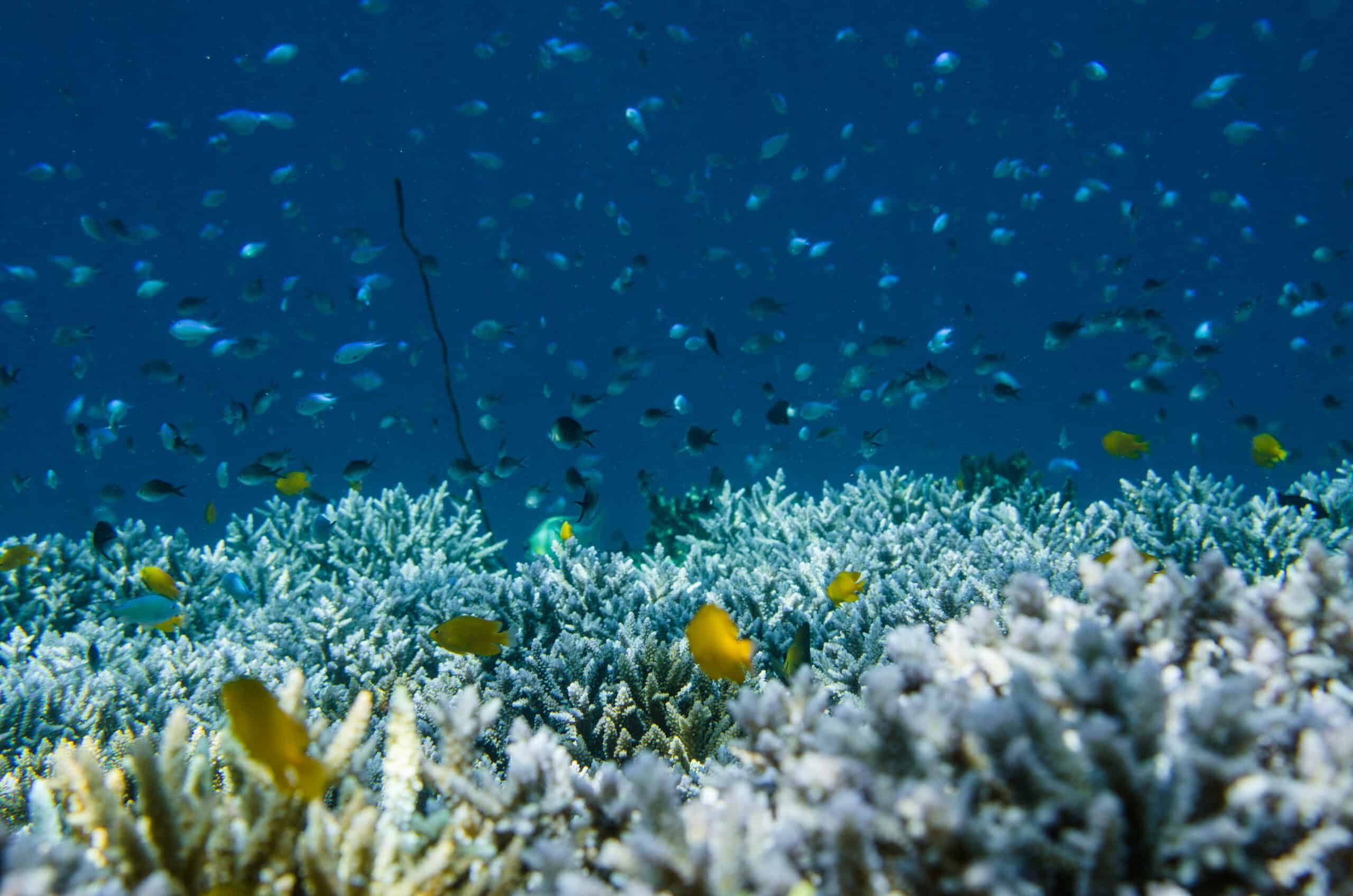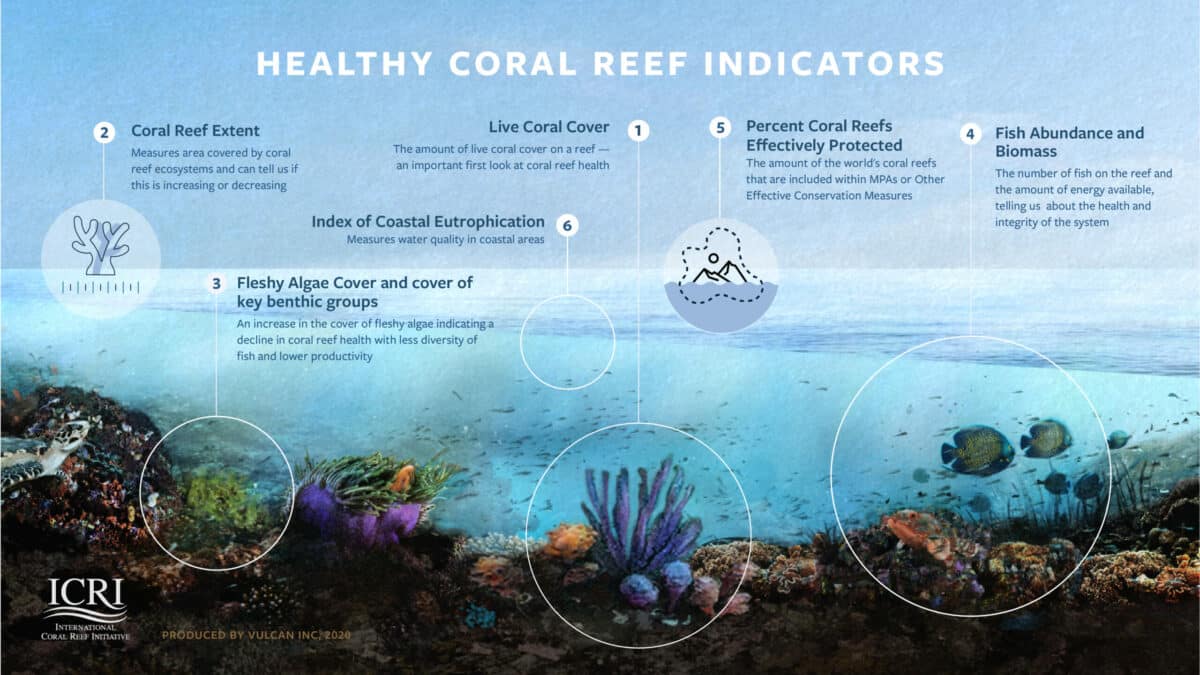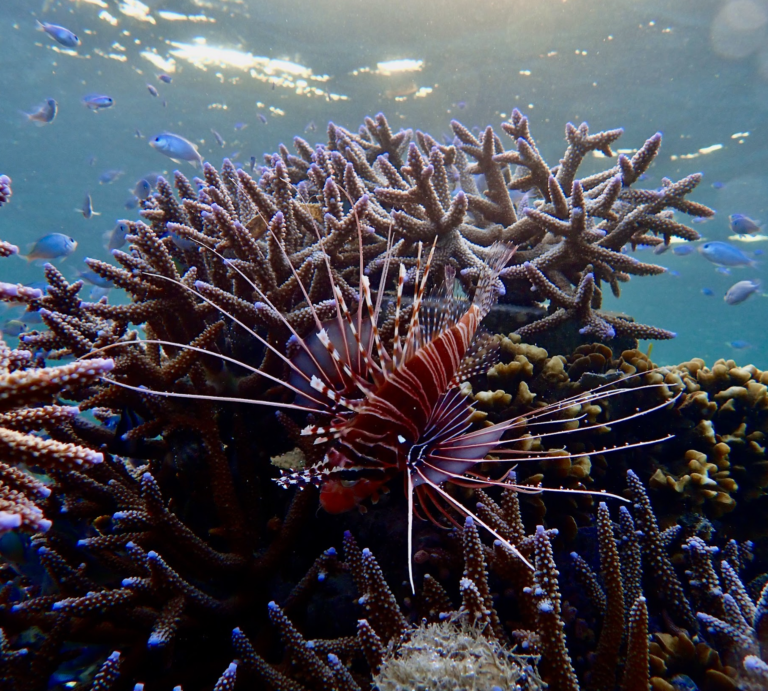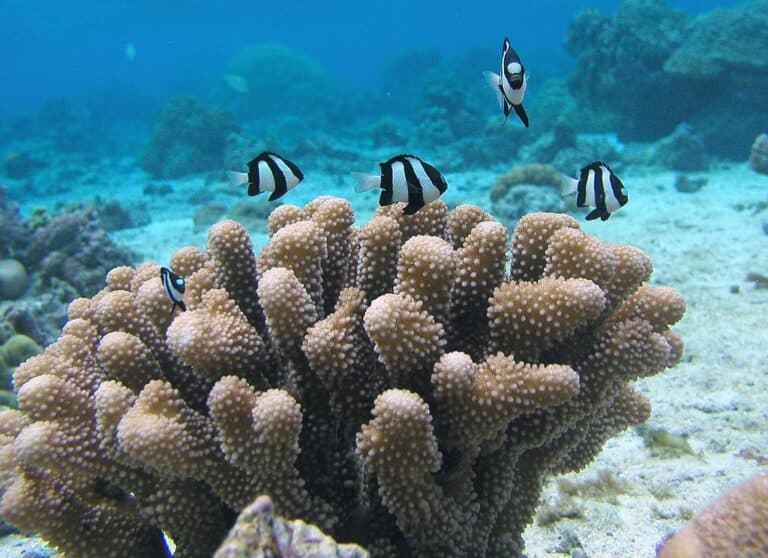How does the COP15 to the Convention on Biodiversity affect coral reefs?

Following the UN Climate Change Conference of the Parties (COP27) in Sharm el-Sheikh, Egypt (see our short review here), another key UN conference focusing on the protection of biodiversity took place in Montreal, Canada. The 15th meeting of the Conference of Parties (COP15) for the Convention on Biological Diversity (CBD) took place between last 7th-19th December, and had as its main goal to adopt the post-2020 global biodiversity framework: a strategic vision and scheme for the global conservation, restoration and sustainable management of biodiversity for the next 10 years.
The agenda was headlined by the 30×30 target, an ambitious goal to protect 30% of the planet’s lands and seas by 2030 [1]. Supported by over 100 countries, the target would provide opportunities for developing and climate-vulnerable countries to build on their natural capital while also conserving it [2, 3].
Currently, roughly 17% of land and 10% of oceans are protected. Coral reefs, mangrove forests, and seagrass beds are important to maintaining biodiversity and have a major impact on local ecology [4-6]. From solely a biodiversity standpoint, the oceans are an important environment to protect, but when you consider the ecosystem services it provides and economic benefits it can provide if managed sustainably – its value is priceless.
Coral reefs and the CBD global biodiversity framework
Besides the national governments’ representatives, the conference counted with the presence of experts on different biodiversity-related topics, ready to provide advice to the CBD for the post-2020 Global Biodiversity Framework.
From the coral reefs’ perspective, the International Coral Reefs Initiative (ICRI) – a group of nations and organizations working for the effective preservation of coral reefs – was present to communicate the inputs from the specialized work group, active since 2018 on the topic (see their website here).
The main 3 recommendations from the ICRI were:
- To define and prioritize coral reef as a vulnerable ecosystem through goals and targets to implement efforts ;
- To apply the conservation hierarchy (avoid, minimize, restore, offset) on the targets to preserve coral reefs, with a focus on the avoidance of impacts ;
- To use the indicators recommended by the ICRI to monitor coral reefs and track the status of the global coral reefs.

Figure: infographics of the indicators proposed by the ICRI members to monitor coral reefs’ health. Source: ICRI, 2021.
Why? Coral reefs are one of the most important ecosystems on Earth. Outside of their function as a biodiversity hotspot gathering over 25% of all marine life, coral reefs are responsible for a wide variety of services including the mitigation of wave action, reduction of erosion, and creating avenues for recreation, economic growth, and heritage conservation [6]. As such, maintaining the health of coral reef ecosystems is a must, and the benefits can be further compounded by taking action to protect other local environments at sea, on coasts, and on land. The National Oceanic and Atmospheric Agency (NOAA) indicates that coral reefs and their protectors help generate $3.4 billion in revenue through tourism, fisheries, and value to local communities every year [7]. It is hence a global priority to act to effectively protect these ecosystems and the communities depending on them.
Some global conservation efforts decisions
Despite some issues during negotiations, a consensus was reached and the 30×30 target adopted as a global goal. Like other climate-focused international policies this agreement is non-binding but sets out to:
- Protect 30% of the planet for nature by the end of the decade;
- Reform $500 billion USD of environmentally damaging subsidies; and
- Restore 30% of the planet’s degraded terrestrial, inland water, coastal and marine ecosystems [8].
A landmark decision, the 30×30 target will help empower conservation efforts and protect key environmental areas with the help of indigenous communities – with the added bonus of helping develop sustainable economies. The major sticking points will now be to follow-through, find suitable funding and actively manage these areas, as the New York Times’ Catrin Einhorn explains, “An outsize amount of the world’s biodiversity lives in countries of the global south. But these nations often lack the hefty financial resources needed to restore ecosystems, to reform harmful agriculture, aquaculture, fisheries and forestry practices; and to conserve threatened species. [9]”
While questions remain as to the feasibility of this ambitious target and how it can be carried out, scientists, activists and diplomats are all optimistic that the 30×30 will deliver lasting impactful change, including the set of recommendations provided by groups of experts to optimize efforts.
Impact on coral reefs
What this means for reefs is clear: more holistic action throughout the ecosystem to protect and rehabilitate not only the reefs themselves, but the seagrasses, mangroves, and coastal areas they are tied to their health. Working with stakeholders on land to reduce use of harmful fertilizers and other effluents that can affect the environment, as well as leverage indigenous knowledge and networks to effectively monitor projects.
By protecting nature together we can tackle multifaceted issues like climate change, socio-economic development, and biodiversity loss.
References
[1] High Ambition Coalition for Nature and People, (2022), “Why 30×30?”.
[2] Waldron, A., Adams, V., Allan, J., Arnell, A., Asner, G., Atkinson, S., … Zhang Y.P. (2022). “Protecting 30% of the planet for nature: costs, benefits and economic implications”, High Ambition Coalition for Nature and People.
[3] McDonald-Gayle, K., Moses, R., Troubetzkoy, K. & Jules D. (2021) “The Importance and Opportunities of the 30×30 Goal in the Caribbean”, Island Innovation.
[4] Wenhai, L., Cusack, C., Baker, M., Tao, W., Mingbao, C., Paige, K., … Yufeng, Y. (2019), “Successful Blue Economy Examples With an Emphasis on International Perspectives”, Frontiers in Marine Science 6. https://doi.org/10.3389/fmars.2019.00261.
[5] Koehring, M., Eiras, R., Mitchell, K., Afrin, Z., Shabnam, S., & Ebrahim A. (2022), “How can we Develop Blue Economy Opportunities?”, Virtual Island Summit, Island Innovation.
[6] National Oceanic and Atmospheric Administration, (2019), “Coral reef ecosystems”.
[7] Office for Coastal Management, (2023), “Coral reefs”, National Oceanic and Atmospheric Administration.
[8] Greenfield, P.& Weston, P. (2022), “Cop15: historic deal struck to halt biodiversity loss by 2030”, The Guardian.
[9] Einhorn, C. (2022), “Nearly Every Country Signs On to a Sweeping Deal to Protect Nature”, t
The New York Times.
Ces articles pourraient vous intéresser

The design of artificial reefs influences the ecological fate of restored reefs
Ewout Knoester’s team in Kenya has shown that the type of artificial reef structure used for coral restoration has an impact on the survival of…
19 November 2024
Sponsor spotlight : Alban from W2P
Tell us a bit about yourself 🙂 I am Alban Taravello, producer and founder of W2P Production. I am passionate about diving, deep-sea observation and video….
21 March 2023
How can reef fish-derived nutrients help corals under temperature stress?
The staggering biodiversity encountered in tropical coral reefs primarily results from the mutualistic symbiosis corals developed with endosymbiotic algae* from the family Symbiodinaceae. Thanks to…
20 January 2023
Sponsor spotlight : Fabrice from RedSea
Tell us a bit about yourself 🙂 Fabrice Bonnaventure, unfortunately already in my fifties, married, two children. I got into the hobby of aquarium keeping…
21 October 2022
